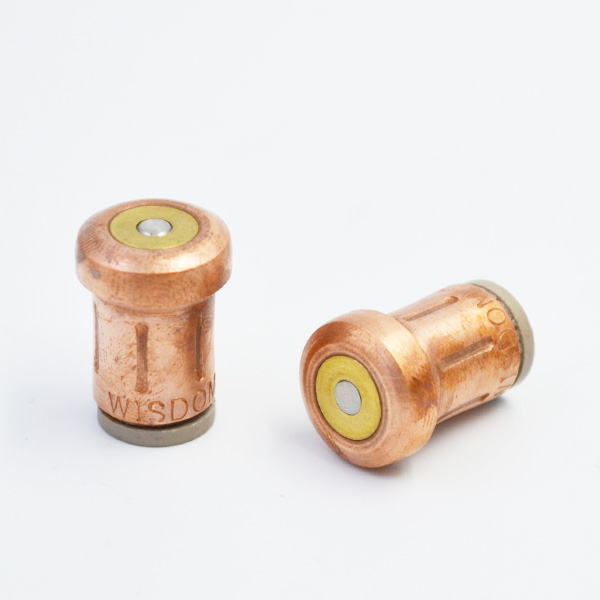Temperature control is widely used in industry, such as boiler temperature control systems in iron and steel plants, power plants, chemical plants and so on. It aims at the large inertia, large delay and non-linear characteristics of main steam temperature control objects in thermal power plants. The PID control algorithm combined with the fuzzy control algorithm is proposed to realize the effective control of the main steam temperature.
The control effect is verified by simulation. With the rapid development of China’s power industry, thermostatic element large-capacity thermal power units have become the backbone of the power grid, in order to ensure the normal and safe operation of units. Higher automation requirements are put forward for units. Because of the large lag, inertia and non-linearity of the unit, the traditional control method can not meet the requirements of the power grid. The use of advanced intelligent control strategy to replace the traditional control strategy has become the development trend of power plant process control. With the development of intelligent control theory and computer communication technology, intelligent control plays an increasingly important role in the process control of main steam temperature in thermal power plants. The purpose of this paper is to study a new intelligent control system and its application in temperature control.
It has certain theoretical significance and engineering practical value.
The working condition of modern boiler superheater is high temperature and high pressure. Boiler outlet superheated steam temperature is the highest temperature of the whole system in the process of steam-water operation, which affects the safe and economic operation of thermal power plants.
When the measured value of the main steam temperature equals the set value, the hydraulic valve does not move and the system is in dynamic equilibrium. At this time, if the temperature rises due to the change of combustion chamber conditions in the furnace, the deviation between the measured value and the given value will occur. The direction of the deviation will be judged by the controller, and the control signal will be generated, so that the sprinkler valve can be opened in an appropriate way.

The measured value returns to the set value, and the system restores balance. The main steam temperature control system of thermal power plant has the characteristics of large lag and inertia. Typical PID can only be controlled by a set of fixed control parameters, and the contradiction between dynamic performance and static performance, setting value and disturbance can not be solved. Fuzzy control method can effectively overcome the nonlinearity and uncertainty of complex systems. However, the control effect of the fuzzy control system is very rough, which makes the steady-state control accuracy lower.
Fuzzy control combined with conventional PID control technology can improve the dynamic performance of the main steam temperature control system according to the initial PID parameter correction. Fuzzy adaptive PID control is based on deviation E and deviation rate EC as input, which can meet the requirements of self-tuning of PID parameters in different time. The structure of the fuzzy PID control system is shown in Figure 1. According to expert experience and actual situation, when | e | is large, in order to make the system have good fast tracking performance, we should take KP larger and KD smaller, and at the same time, limit the integral to avoid overshoot, which is usually zero; when | e | is medium, in order to avoid overshoot, KP should be smaller and the values of each variable should be moderate; when | e | is small, the values of each variable should be moderate. When KP and Ki are large, Kd value is very important to avoid oscillation near the set point, usually the medium value. As shown in Figure 2, it is a simulation comparison chart of fuzzy adaptive PID and conventional PID. The input deviation and deviation rate of the fuzzy adaptive PID can automatically adjust the parameters of the PID to achieve good control effect. Fuzzy adaptive PID can improve the dynamic performance and steady-state accuracy of the system. The steady output value of PID control is 0.99979, and the output value of fuzzy adaptive PID control is 0.99996. From the simulation diagram. Fuzzy adaptive PID controller is a good choice to control high precision control system. Fuzzy control combined with conventional PID control completes the design of fuzzy adaptive PID controller. The simulation results show that the fuzzy adaptive PID control has a good effect in the main steam temperature control system of thermal power plant. The control effect is better than the conventional PID control strategy. It can adapt to the change of parameters, show good control quality, and has strong robustness and adaptability. Effectively improve the stability of the system. There are many tasks to be done in the research of fuzzy PID controller, such as multi-variable fuzzy PID control.
